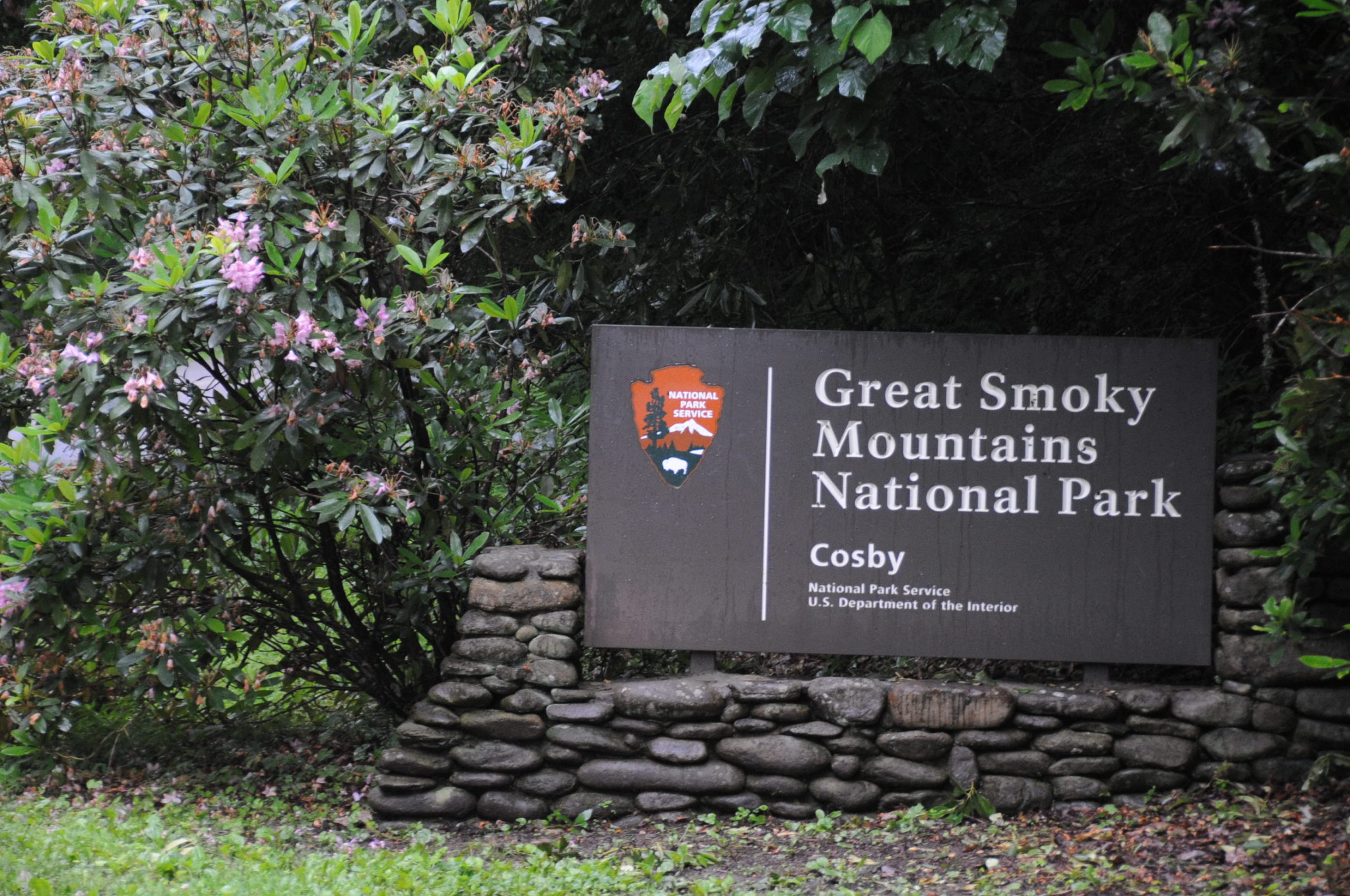150 Years of National Parks- A Vision Rooted in Romanticism

A vision for important lands to “be held for public use, resort, and recreation” grew out of the period of Romanticism, when artists and writers were influencing public interest in the unspoiled beauty of landscapes, wildlife, and nature. This public interest inspired local legislative bodies to establish public national parks to protect these wilderness areas form poaching and illegal mining. Although more properties were being designated as National Parks under the Department of the Interior, it took until 1916 for the National Park Service to be created to manage the then thirty-five properties. The Organic Act set forth a mission for the National Park Service to “conserve the scenery and the natural and historic objects and the wild life therein and to provide for the enjoyment of the same in such manner and by such means as will leave them unimpaired for the enjoyment of future generations.”
In successive years, additional federal acts were passed that added memorials, military parks, cemeteries, monuments, recreation areas, parkways, rivers, and scenic / cultural trails. In total, there are over 430 National Parks Units that are held for public use for current and future generations.
This growth of public property has not always been without controversy. In the Tennessee Valley, there are seventeen National Park service units, excluding the National Scenic Byways. The intrinsic qualities of these units explore the heritage, history, and culture of the area. Each property has been shaped by land, rivers, wars, people, and politics as most straddle multi-state lines. The story of each individual property is often co-opted by tourism led marketing campaigns that focus on growth of visitors without regard to impact of that growth on the visitor experience and the adjacent communities.
A National Park should be an immersive experience for a visitor, a geotourism experience. The ethos of geotourism shares ideals similar to those of the Romantic Movement. The principles of geotourism include conservation, connecting with nature and history, and a sentiment for preserving local community identities. To foster the geotourism experience in 2022, the TRV Stewardship Council will be featuring lesser known NPS properties to encourage people to seek the “less traveled” trails and parks in this vast region.
Join us in exploring more of the National Parks and National Scenic Byways in the Tennessee River Valley. Subscribe to our newsletter.

Recent Comments